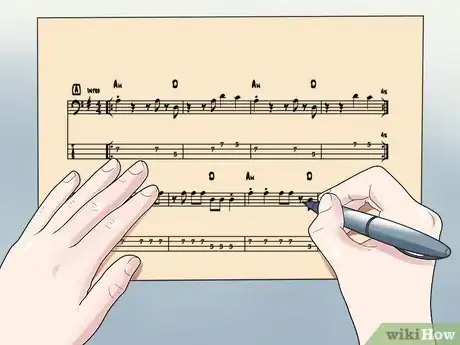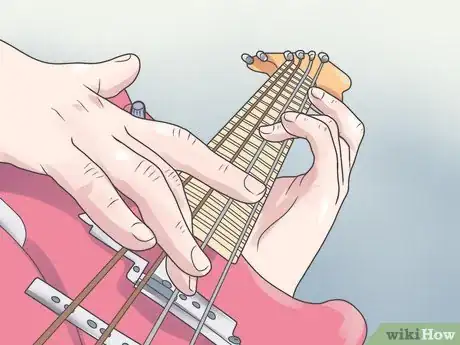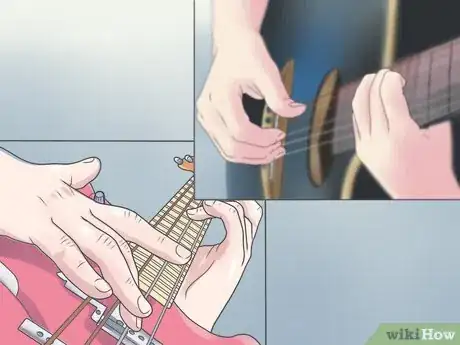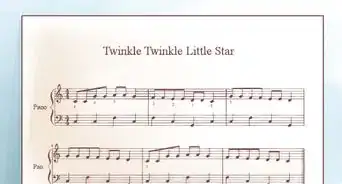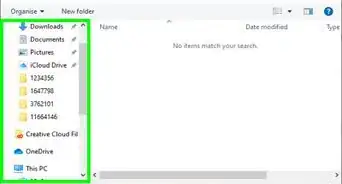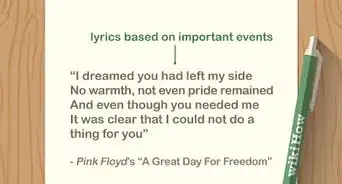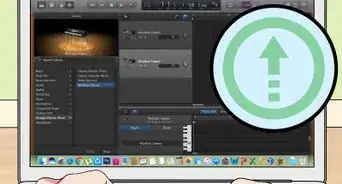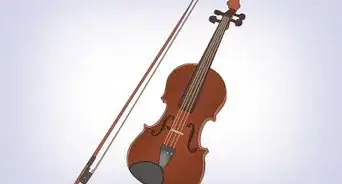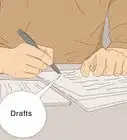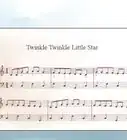wikiHow is a “wiki,” similar to Wikipedia, which means that many of our articles are co-written by multiple authors. To create this article, 19 people, some anonymous, worked to edit and improve it over time.
This article has been viewed 236,398 times.
Learn more...
Basslines are very important to a song—even if it doesn't seem so at first. They provide that moving feeling and display the song's structure. Depending on the music, there are different methods used to write a bassline, but here are some of the more common ways.
Steps
Composing a simple bassline
-
1Find the roots of the chord on the bass instruments or write them out on a bass clef with the melody and chords.[2]
-
2Repeat. From this point, a punk bassline is almost automatically made by playing repetitively on these notes. To ensure a more interesting line though, it is first useful to smooth out the bassline.
-
3To smooth out the bassline, use scales or small jumps to connect the chords together. Don't be afraid to invert the chords, or change what note in the chord is on the bottom, to make the line smooth.[3]
-
4Check the melody. See if it sounds independent of the bassline. Try to use contrary motion, such as when the melody goes up, then the bass goes down and vice versa.
Advancing the bassline
-
1At this point, this is a simple bassline. This may do for some, but the more creative will want to embellish.
-
2Experiment with rhythms to get a groove going.
-
3Take the other notes in the chord or tones close to the original note and play those once in a while. Be sure to focus on the main note though.[4]
-
4Let the bassline complement the other parts. If this has a riff, the bass would love to have its turn with it. Just don't make it a carbon copy of another part, or else the bassline should take the bus home!
Winging it
-
1Find out what chords your guitarist is playing.
-
2Repeat those notes in time with the guitar. Keep experimenting until you are comfortable.[5]
-
3Using the notes you were already playing as a base, add different notes to create a melody. Keep experimenting until you find something that sounds good.
-
4Take on board constructive criticism from your bandmates. It's very important that you work together and put in equal amounts of effort.
Community Q&A
-
QuestionWhat other instruments apart from Bass guitar play bass lines well?
 Community AnswerThe upright bass (otherwise known as the double bass or string bass) can play basslines well, especially in certain genres of jazz. The lower register of the piano can also play basslines. If you really wanted to stretch it, you could play a bassline with a low wind instrument, such as a trombone or a bari sax. These two instruments sometimes play basslines, but they often "double" the bass part with an actual bass or the piano's left hand (at least in jazz).
Community AnswerThe upright bass (otherwise known as the double bass or string bass) can play basslines well, especially in certain genres of jazz. The lower register of the piano can also play basslines. If you really wanted to stretch it, you could play a bassline with a low wind instrument, such as a trombone or a bari sax. These two instruments sometimes play basslines, but they often "double" the bass part with an actual bass or the piano's left hand (at least in jazz).
Warnings
- Do not give up. This is harder for someone without any formal music background, but it's possible to figure out.⧼thumbs_response⧽
- Do not write it one awkward way and be satisfied. It has to complement the parts, not ruin them.⧼thumbs_response⧽
Things You'll Need
- Manuscript paper (if knowledgeable of formal music)
- Basic melody and chords (does not need to be final)
- Some free time!
References
- ↑ https://music.tutsplus.com/tutorials/beginners-guide-to-writing-better-bass-lines--cms-19879
- ↑ https://www.musicradar.com/how-to/bass-basics-working-around-root-notes
- ↑ https://music.tutsplus.com/tutorials/beginners-guide-to-writing-better-bass-lines--cms-19879
- ↑ https://www.dummies.com/art-center/music/bass-guitar/how-to-create-a-walking-bass-line/
- ↑ https://www.notreble.com/buzz/2012/09/05/creating-bass-lines-getting-your-mind-right/
About This Article
The key to composing a good baseline is working around the chords. Once you’ve figured out the chords, write down the root note of each one. The root is always the same as the chord, so in A Major, the root is A. Then, try repeating the notes between chord changes. For example, if your chords change every quarter note, try playing the root notes in sixteenth notes. For something more advanced, add other notes from a chord between chord changes. For instance, if you’re changing between C, F, and G, add an E between the first 2 chords to bridge the gap. You can also experiment with the rhythm of your notes to add some flavor to the bass. For more tips, including how to make your bass line complement the melody, read on!


